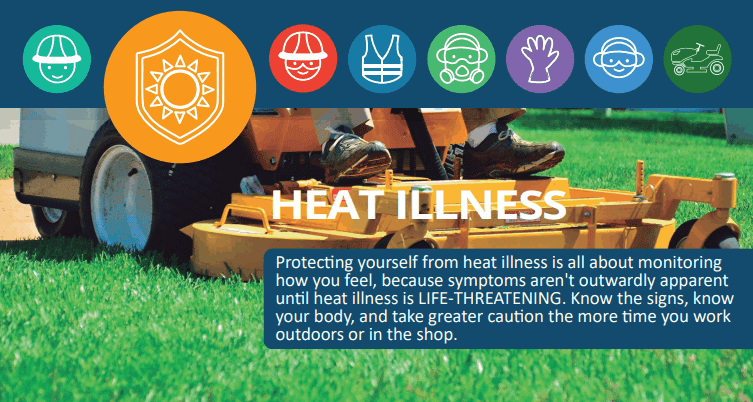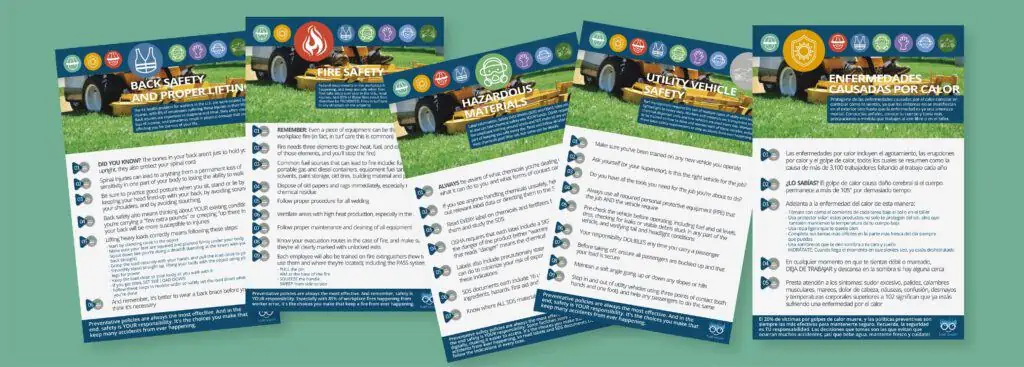
Heat illness doesn’t just affect the elderly and sick; it can happen to anyone who works in the heat for too long, including you. Outdoor and shop workers are among those most at risk for heat stroke and heat-related illnesses.
Therefore, it’s your responsibility to know the risks of heat illness, how to avoid it, and what to do if you or someone else might be suffering from it.
Protecting yourself from heat illness starts with monitoring how you feel. By the time most symptoms present, heat illness is already life-threatening.
So, how can you protect yourself from heat illness?
What are the different types of heat illness?
And what signs/symptoms should you be looking for?
Know the signs, know your body, and take greater caution when working outdoors or in the shop.
Types of heat illness
According to the CDC, heat illnesses occur when the body’s core temperature rises too high to cool itself down again, which can result in several different heat-related illnesses.
The different types of heat illnesses each carry different risks and, combined, account for over 3,100 laborers missing work each year. These types include heat exhaustion, heat rash and heat stroke.
Heat exhaustion
Heat rash
Heat stroke: seek immediate medical attention
Preventing heat illnesses
The best way to treat heat stroke and other heat-related illnesses is to prevent them from happening in the first place. Get ahead of heat illness by taking the following steps:
When to seek help
Anytime you feel weak or faint, stop working and rest in the shade if there’s any nearby. You will not be penalized for taking care of yourself. Seek medical attention if you notice heavy sweating, paleness, muscle cramps, dizziness, headache, nausea, confusion, fainting or a body temperature over 102°F.
If you notice someone with any of the warning signs of heat stroke, move the victim into the shade and ask someone to call for immediate medical assistance. Begin cooling the victim with any means you can.
Takeaways
According to the National Ag Safety Database, 20% of heat stroke victims die. But by learning the signs and symptoms of heat illness, you don’t have to be one of them.
Preventative measures are always the most effective way to stay safe. Remember to take frequent breaks from the heat and stay hydrated. Conserve your energy by working smarter, not harder.
And, most importantly, stay educated and always be able to recognize the warning signs of heat illness in yourself and others. After all, safety is your responsibility. It’s the choices you make that keep accidents from happening—so, drink plenty of water, stay cool, and take care in the heat this summer!
